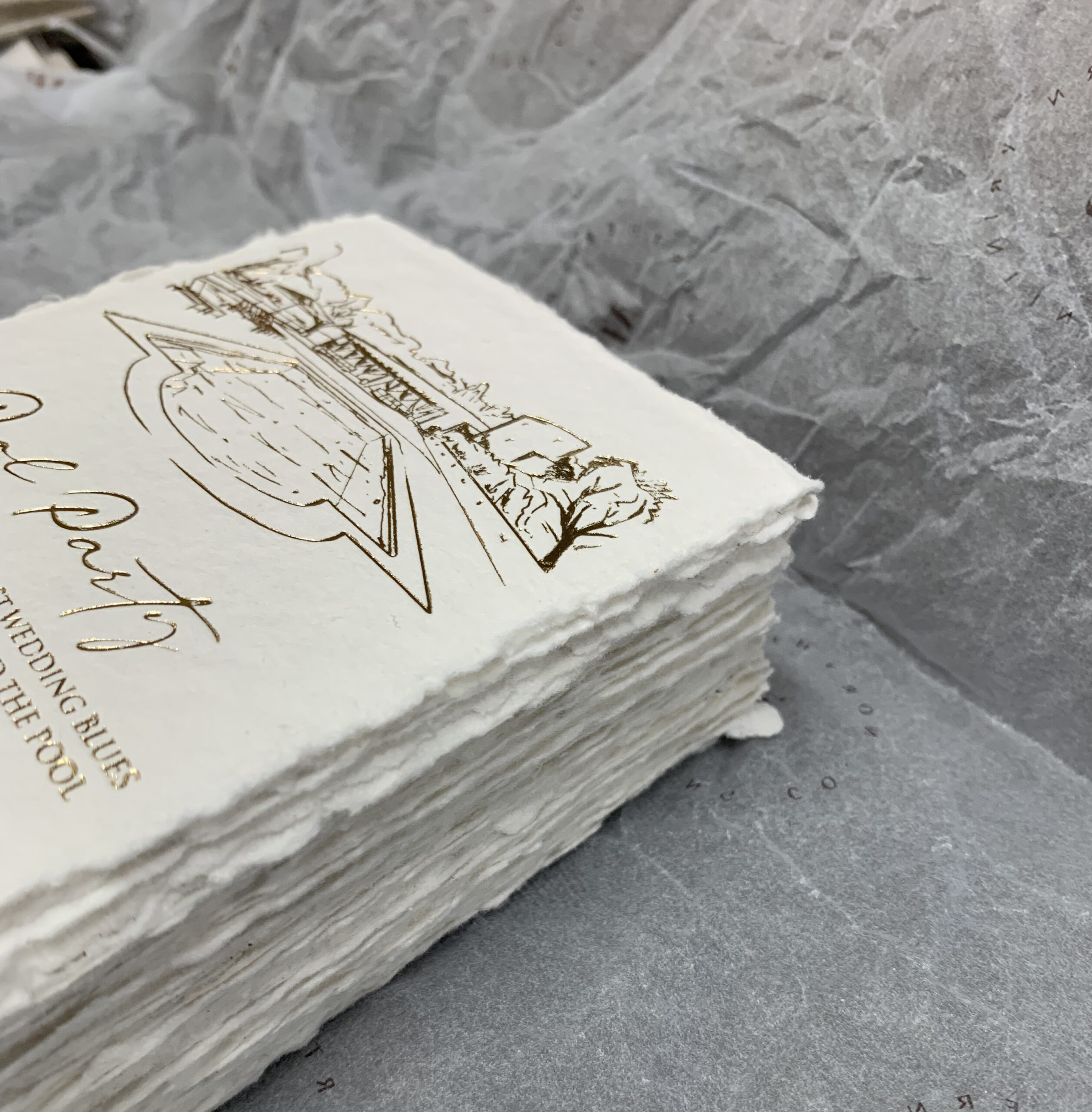Understanding the Basics: What are Foiled, Embossed, and Debossed Prints?
Foiled, embossed, and debossed prints each offer unique visual and tactile properties that enhance the design and appeal of print materials. Foiling involves the application of a metallic layer to a print surface, resulting in a lustrous, reflective finish. This technique is often employed to add a touch of luxury to business cards, invitations, and packaging. The foiling process typically involves the use of a hot press and a foil roll, which transfers the metallic sheen onto the desired areas of the substrate under heat and pressure.
In contrast, embossing raises specific areas of the paper or material to create a three-dimensional effect. This technique is commonly used to highlight logos, titles, or other design elements, providing both a visual and tactile experience for the user. Embossing is achieved by pressing a die into the paper from below, causing the material to rise and form the design. Typical materials for embossing include thick cardstock and various types of paper, while the machinery involves a combination of embossing dies, presses, and specialized equipment.
Conversely, debossing presses the design into the material, resulting in a sunken or recessed look. This technique is often used on leather goods, book covers, and high-end stationery to impart a subtle yet distinctive touch. The process of debossing is similar to embossing but in reverse; it employs a die that pushes the material inward rather than upward. The materials suited for debossing range from paper and cardstock to thicker, more durable substrates.
Each of these printing techniques is distinguished by its unique application and the material it uses. Business cards, for instance, can utilize foiling to highlight a company name in a striking metallic finish, while an embossed logo adds a tactile dimension. Similarly, packaging that features debossing can subtly denote brand sophistication and quality. By understanding the basics of these techniques and their applications, designers and marketers can make more informed choices to enhance their print materials.
Applications and Benefits: Why Choose Foiled, Embossed, or Debossed Prints?
In today’s competitive market, standing out requires more than just an eye-catching design; it demands a sophisticated touch that conveys quality and exclusivity. Foiled, embossed, and debossed prints offer such elegance and tactile engagement that make them invaluable across several industries. This section explores practical applications and the inherent benefits of these specialized printing techniques.
Luxury Branding
Luxury brands, whether in fashion, jewelry, or high-end cosmetics, have long understood the elevated aesthetic that foiled, embossed, and debossed prints can bring. Foiling, with its shiny metallic layer, instantly evokes a sense of prestige and exclusivity. This technique can be found in premium product labels, business cards, and high-end catalogs, where the shimmer of the foil catches the eye and exudes a high-value image.
Formal Invitations
Formal events like weddings, gala dinners, and corporate soirées call for invitations that reflect the significance of the occasion. Embossed prints, which raise the design off the paper, add a tactile dimension that invites touch and conveys importance. The subtle elegance of debossed prints, where the design is pressed into the paper, provides a refined, understated sophistication that can amplify the gravitas of the event.
Artisanal Product Packaging
Artisanal goods command a unique charm, often highlighted through bespoke, handcrafted elements. Embossing and debossing are particularly effective in this domain, as they can enhance the perceived craftsmanship of the product. Take, for example, a handcrafted chocolate bar with embossed lettering; the tactile feel and raised print narrate a story of careful attention to detail and high quality.
Corporate Identity Materials
For businesses, the stationery and marketing materials represent the brand’s identity. Foiling can make business cards, letterheads, and brochures appear more luxurious and memorable. A well-executed embossed logo on a business card not only enhances visual appeal but also leaves a lasting tactile impression during exchanges.
Cost Considerations and Customization
While these printing techniques add undeniable flair, they do come with cost considerations. The expense largely depends on the complexity, material, and scale of the print job. However, the investment often pays off by enhancing brand perception and ensuring greater engagement. Customization options are abundant; combining foiling with embossing or debossing can result in intricate, eye-catching designs tailored to specific brand narratives.
Real-world applications underscore the effectiveness of these techniques. For instance, a luxury watch brand that incorporated foil and embossed elements in their packaging saw a 40% increase in customer retention. Similarly, artisanal coffee brands using debossed packaging reported better customer engagement and loyalty.
In analyzing these successful implementations, it’s clear that foiled, embossed, and debossed prints offer not just aesthetic and tactile benefits but are potent tools in crafting a memorable and distinguished brand identity.


